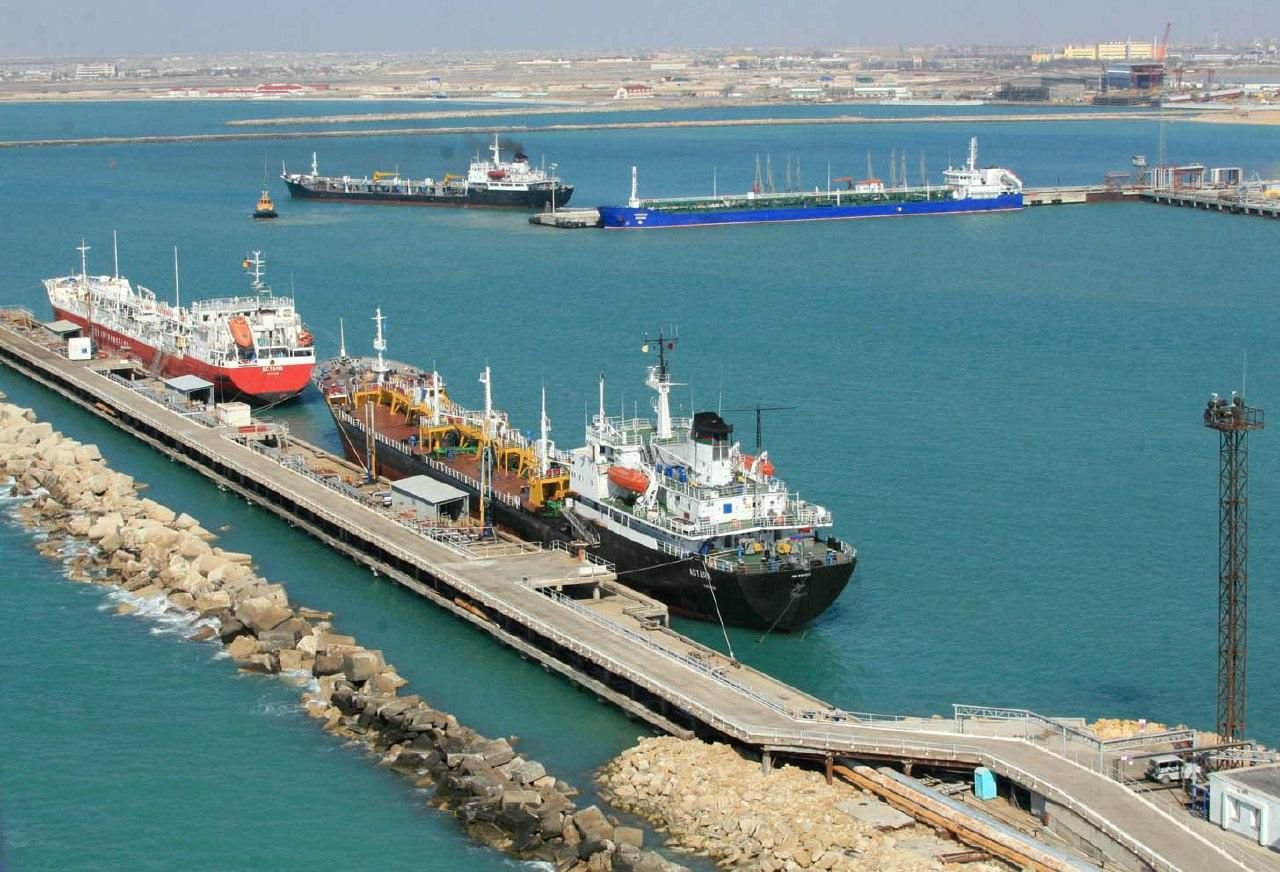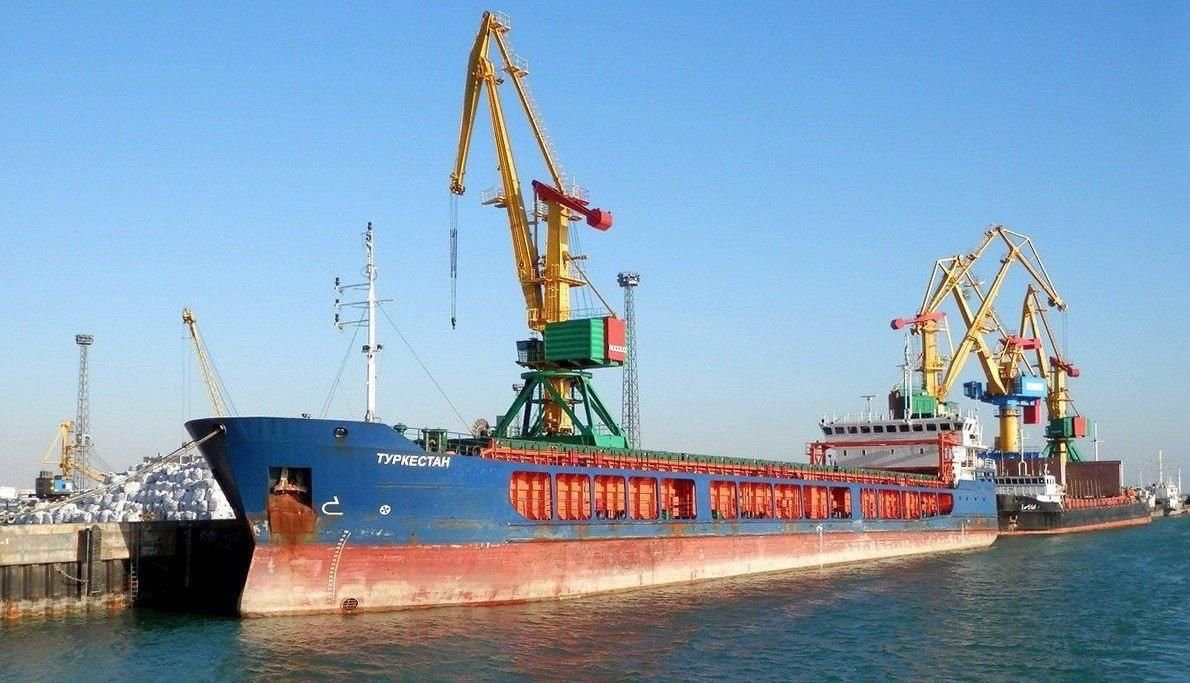Kazakhstan Targets 2.5 million Containers Annually and 74 million Tons of Transit Cargo by 2030

By Dr. Abdulrahim Ibrahim Abdulwahid
Astana – Dubai: In today’s world, the digitalization of logistics services plays a pivotal role in enhancing national economic efficiency and competitiveness. It significantly boosts operational performance and creates favorable conditions for positioning Kazakhstan as a major player in the global logistics arena.
Kazakhstan’s transport sector has shown strong growth during the first five months of 2025, with a total of 455.9 million tons of cargo transported across all modes—an increase of 11.9% compared to the same period in 2024. The country is actively working to scale up its transit capacity by establishing strategic cargo hubs and quadrupling its external terminal capacity to 2.5 million containers per year, with the goal of handling 74 million tons of transit traffic by 2030. A key part of this strategy is the introduction of a nationwide digital e-shipping system.
Rising Freight Volumes
Rail transport led the way, accounting for 185.5 million tons of cargo (+14.1%), while freight turnover reached 138.8 billion ton-kilometers (+9.3%). Growth was particularly notable in maritime shipping, which increased by 43.9% to 1.6 million tons, with shipping turnover reaching 747.9 million ton-kilometers (+14.7%).
Overall freight turnover in Kazakhstan’s transport sector rose by 13.6%, reaching 229.4 billion ton-kilometers. This reflects a rise in logistics activity driven by higher volumes of transit and export shipments, along with improvements in infrastructure and domestic transport networks.
Meanwhile, despite increased freight traffic, passenger numbers for rail transport dropped to 7.8 million between January and May 2025, a decrease of 6.8% compared to the same period in 2024. However, total passenger transport across all modes grew to 771.3 million people (+10.2%), with passenger turnover increasing by 12.9% to 35.3 billion passenger-kilometers.
Expanding Global Transport Links
Kazakhstan is rapidly expanding its international logistics network by developing new terminals at major global shipping hubs. Projects are underway in Azerbaijan, Russia, Belarus, and Uzbekistan, with future terminals planned in Romania, Hungary, and China.

According to Nurzhan Kelbuganov, Deputy Head of the Railway and Water Transport Committee at the Ministry of Transport, Kazakhstan already operates terminals in China’s Lianyungang and Xi’an ports, while a Kazakh company has built a terminal at Georgia’s Poti Port. Additional facilities are in development, including those at the Alat Port in Azerbaijan, near Moscow in Selyatino, in Svisloch (Belarus), and in Tashkent (Uzbekistan), with a total projected capacity exceeding 1 million containers annually. Plans also include joint terminal projects in Romania, Hungary, and Ürümqi (China).
These efforts aim to quadruple Kazakhstan’s external terminal capacity to 2.5 million containers annually.
Nurlan Kenesov, Director of Transport Policy at the ministry, emphasized the goal of increasing transit volumes to 74 million tons by 2030. Kazakhstan’s transport network now comprises five railway lines and eight international road corridors. Last year, the volume of transit through Kazakhstan surpassed 30 million tons—80% of which moved by rail and 20% by road. Of this, 4.5 million tons were transported via the Trans-Caspian International Transport Route.
By the end of 2025, Kazakhstan plans to implement several major logistics projects. Deputy Prime Minister Roman Sklyar highlighted key initiatives, including constructing a bypass for heavy cargo at the Nur Zholy border checkpoint, upgrading the Dostyk-Moyynty railway, and expanding the Almaty terminal line.
He also noted the modernization of five main customs centers on the borders with China, Uzbekistan, and Turkmenistan: Temir Baba, Kazygurt, Tazhen, Maikapchagai, and Bakhty. These upgrades will enhance capacity and speed up cargo clearance. Additionally, a new container terminal with a capacity of 240,000 TEUs annually will open at Kazakhstan’s seaport.
Furthermore, Kazakhstan will roll out a fully digital air cargo documentation system across all airports, automating processes and improving the overall efficiency of air logistics.

Infrastructure Investment for a Logistics Hub
In conclusion, Kazakhstan’s ambition to become a regional trade, logistics, and business hub is a top priority for the national government. To achieve this, both public and private sectors are investing heavily in new infrastructure projects in the logistics sector.
Studies show that Kazakhstan’s attractiveness as a logistics center will depend on the state of its infrastructure, service quality, and adoption of modern technologies. Future progress will require diversification and the development of high value-added logistics facilities. Priorities include establishing multimodal logistics centers for domestic, export, and transit traffic—both nationally and internationally, as well as at the corporate level.




